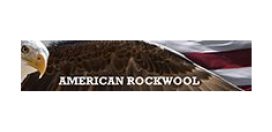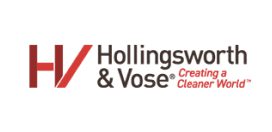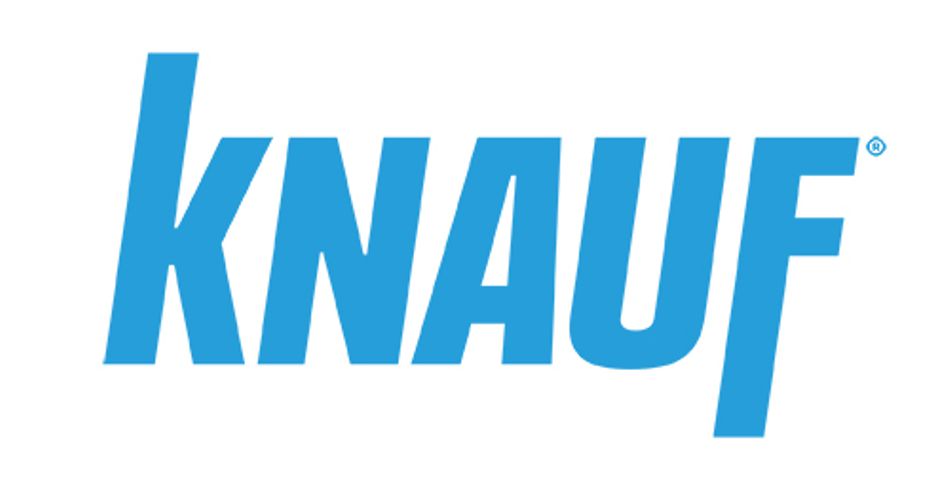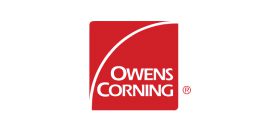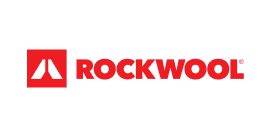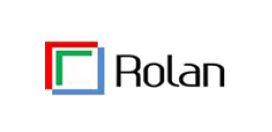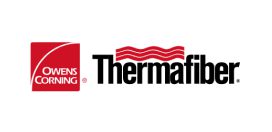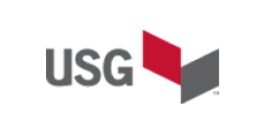Thermal Performance of Pipe Insulation: A Performance Degradation Comparison Study (C1228)
–+R & D Services conducted ASTM C335 thermal performance testing on fiberglass, mineral wool, and aerogel pipe insulation products. Testing showed that aerogel products experienced a reduction in thermal performance of as high as 20% under elevated temperatures. Fiberglass and mineral wool specimens experienced less than 2% thermal performance degradation.
How 3E Plus® Can Help You Apply for School Retrofits Funding Programs (N157)
–+The Infrastructure Investment and Jobs Act (IIJA) provides funding for U.S. schools to conduct energy-efficient retrofits that can reduce their building energy costs and emissions. NAIMA’s 3E Plus® tool is a free online resource that can help estimate energy cost savings from insulating piping and ductwork as part of school energy usage retrofits. It can be a valuable tool for schools in their overall effort to cut energy usage and costs.
3E Plus Computer Program (CI219)
–+3E Plus computer program calculates heat loss/gain on hot or cold piping and equipment, and determines economic thickness of industrial insulation, providing payback and savings data as well as CO2 emission reduction data.
The latest version of 3E Plus (Version 4.1) features:
- Runs on Windows XP, Vista, and Windows 7
- All calculations involving money or economics, such as the Cost of Energy calculations are now in the ECONOMICS section.
- Able to retain user installed data when updating the program
- Simple payback calculations
- New user interface
- Automatically calculates thickness tables
- Improved report formats
- Calculates in both metric and inch-pound units
- Ability to add custom fuels
- Calculates multiple insulation layers
- Updated thermal curves and new insulation materials
Acoustical Performance of Industrial Metal Building Roof and Wall Assemblies
–+Reports the acoustical testing results for various metal building roof and wall assemblies.
FACTS #86: Mineral Fiber Pipe Insulation for Chilled Water Piping (CI227)
–+Addresses the results of a series of tests measuring the thermal conductivity of mineral fiber pipe insulation over time when operating on below ambient temperature piping.The results of these tests demonstrate that the thermal conductivity of mineral fiber pipe insulation with a factory applied vapor retarder system does not increase significantly when the insulation system is exposed to typical temperature and humidityconditions found in chilled water applications.The tests were performed at Oklahoma State University (OSU).
Facts #51 – Insulation Upgrade Program Reduces Fuel Costs and Increases Process Efficiency at Georgia-Pacific Plant (CI211)
–+Case study that details specific energy savings in terms of Btu, environmental (CO2) savings and money saved by Georgia Pacific’s decision to insulate steam lines at their plywood plant in Madison, Georgia.
Facts #67: Fibrous Glass Insulation Boards (AH140)
–+Discusses the specific uses, performance characteristics, fire safety, condensation control, personnel protection, and installation recommendations for fibrous glass commercial insulation boards.
Facts #72: Mineral Fiber Insulation Products for Commercial and Industrial Applications: The Facts About Mold Growth (CI217)
–+Contains recommendations regarding moisture issues with mineral fiber pipe insulation for commercial and industrial applications.
Facts #81: Thermal Performance of Coatings Used to Insulate Pipes, Ducts, and Equipment (CI224)
–+This Fact Sheet analyzes and discusses claims and recommendations by manufacturers of coatings(sometimes called ceramic coatings) used to insulate piping and equipment in mechanical or thermal applications.
Facts #82: Mineral Fiber Insulation Products for Commercial and Industrial Applications: Codes and Standards for Insulation Used on Pipes (CI225)
–+This Fact Sheet addresses the importance of specifying commercial and industrial pipe insulation that meets prescribed codes and standards for quality and safety, and illustrates the consequences of using insulation that does not meet those standards.
Facts #85: Facts About Insulation Requirements for Plastic Piping (CI226)
–+Discusses the thermal conductivity and heat transfer differences between plastic and metal piping systems and insulation considerations for domestic hot and cold service water systems and for HVAC systems incommercial and industrial buildings.
Fascinating Facts About Fiberglass, Rock Wool & Slag Wool Insulation (N071)
–+Fiberglass, rock wool, and slag wool insulations are the most versatile insulating products in the world. Their fibrous composition provides unique insulating properties that make them the insulation products of choice for a wide range of applications. NAIMA’s Fascinating Facts discusses just how much these insulation products contribute to our environment.
Fiberglass HVAC Insulation – Know the Facts (12 Minute Presentation)
–+12 minute audio visual presentation on fiberglass insulation products designed for the HVAC system for residential and commercial buildings.
The presentation focuses on:
- The Benefits of Insulated Air Ducts
- Health & Safety Safety
- Mold Moisture & Cleanability
- Performance & Product Testing
- Codes & Standards
Green and Competitive – The Energy, Environmental, and Economic Benefits of Fiberglass and Mineral Wool Insulation Products (GREEN)
–+This study by Energy Conservation Management, Inc., Alliance to Save Energy, and Barakat & Chamberlin, Inc. begins by assessing the amount of energy used in the manufacture of these insulation products, and then determines the energy that is saved through their application in residential and commercial buildings and other end uses.
Also examined is the individual sector with regard to energy use and energy saved annually, as well as the aggregate carbon dioxide emissions avoided through the use of insulation products in the residential, commercial and industrial sectors
NFPA Effect Tool – How Fiberglass, Rock and Slag Wool Can be Used to Reduce Risk Rating and Costs (N097)
–+Exterior wall façade systems are used around the world to enhance building appearance and improve overall performance. While there are benefits to such retrofits, recent increases in fast-moving fires involving combustible exterior cladding on high-rise buildings have also highlighted some of the dangers.
In response, the National Fire Protection Association (NFPA) has developed EFFECT™ (Exterior Façade Fire Evaluation Comparison Tool) to help designers and architects navigate the code requirements for exterior wall assemblies containing combustible components.
Installing fiberglass or rock and slag wool insulation on your new building, or during energy retrofits, can greatly reduce the risk of fire hazard and the potential for costly repairs and disruptions to tenants in the event of a fire.
Recommended Practices for Installing Fire Sprinkler Systems (BI505)
–+Provides information on how to properly install insulation to fire sprinkler systems where the pipes contain water.

